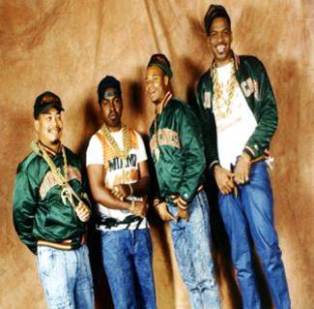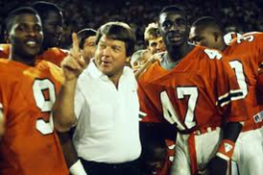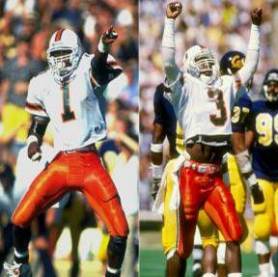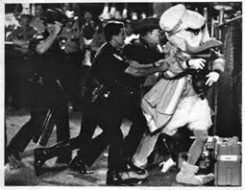There is a new teaching technique that has been sweeping the nation- it’s called hip hop education. There has been an urgent need to bring life into our classrooms, empowering the students to help create their education and want to participate. The aim of this new approach is to teach students in a new way, that they can easily understand, and retain interest in. Using pedagogical practices along with hip hop it is possible to learn and have students learn more about society and themselves. Changing the interpretive framework our schools use is a great start to realizing our full potential- it is the foundation for critical thinking and the beginning of the development of a critical pedagogy. Morrell (2004) said “hip-hop texts are rich in imagery and metaphor and can be used to teach irony, tone, diction, and point of view. Hip-hop texts can also be analyzed for theme, motif, plot, and character development. It can teach us about social justice while still fighting for it.
There have been claims that hip hop is too violent, uses too many swears, or is degrading to women but this is only one type of hip hop. Many people do not understand the other side, the social justice side, of hip hop. This side is worthy of learning, discussing, and interacting with. You should not discriminate against hip hop because you do not fully understand it! Hip hop is not only one single thing, it is a culture and way of life, and there are pedagogical underpinnings! Even that being said, there is still so much to learn from the ‘bad’ side of hip hop. Pough (2004) stated “the fact is, some of the most humanizing and accurate accounts of life in impoverished ghettos come from rap songs and not the network news.” Beneath the commercial success of rap lies an entire history and culture that provides access to the sub-dominant culture, and an element of critical pedagogy. We must fight the system of logic for a more diverse and encompassing one. Youth today are too disconnected from the teacher and the teacher is too disconnected from the student. By showing teachers that students want to learn they can use the self fulfilling prophecy to then become the best student they can truly be. Students do want to learn. They are constantly learning outside of school, and it is time that something relevant to their lives is brought into schools. There is something in hip hop for everyone- whether it be sports, politics, fashion, or music. We live in a democracy where everyone can and should speak their mind. Allowing hip hop education in schools provides an equal playing field. Those inner city students who cannot afford textbooks can listen to the music of their generation and discuss what is relevant to them in todays ever changing world. By providing this resource we can work on closing the achievement gap, after all we are educating the entirety of us not just the educational side. In his book Hill (2009) discusses the impact of not being able to leave his house and how listening to rap allowed him to see a world that was once unavailable to him. He states, “in many ways, hip hop became my window into a world that was at once familiar and foreign.” He continues, “the more I tried to assimilate into the culture of the school…the less I felt accepted in my own neighborhood.” It is important for us to remember there is not one single way of doing something, there is not one single person or book that knows everything, and that every culture will always continue to change.
Want to see for yourself? Here at UMass Amherst there is a course being offered for the Fall 2012 semester! Hip hop learning at UMass Participatory Communication: Hip Hop for Social Change.
Watch this:
Still not convinced? Here are some hip hop programs that are in place today!
Hip Hop Genius http://www.youtube.com/watch?v=WLMdkGk5Ofo
Hip Hop Education http://www.youtube.com/watch?v=oWyomuTmHm4&feature=relmfu
The Periodic Table Rap http://www.youtube.com/watch?v=lDp9hUf_SV8&feature=related
References
Hill, M. L. (2009). Beats, rhymes, and classroom life: Hip-hop pedagogy and the politics of identity. New York: Teachers College Press. (Pt.1) Preface, Chapter 1-3. p.xv-64
Morrell, E. (2004). Linking literacy and popular culture. Norwood: Christopher-Gordon Publishers, Inc. Chapter 4 Pp.57-71
Pough, G. (2004). Check it while I wreck it: Black womanhood, Hip-Hop culture, and the public sphere. p. 4-40.
































